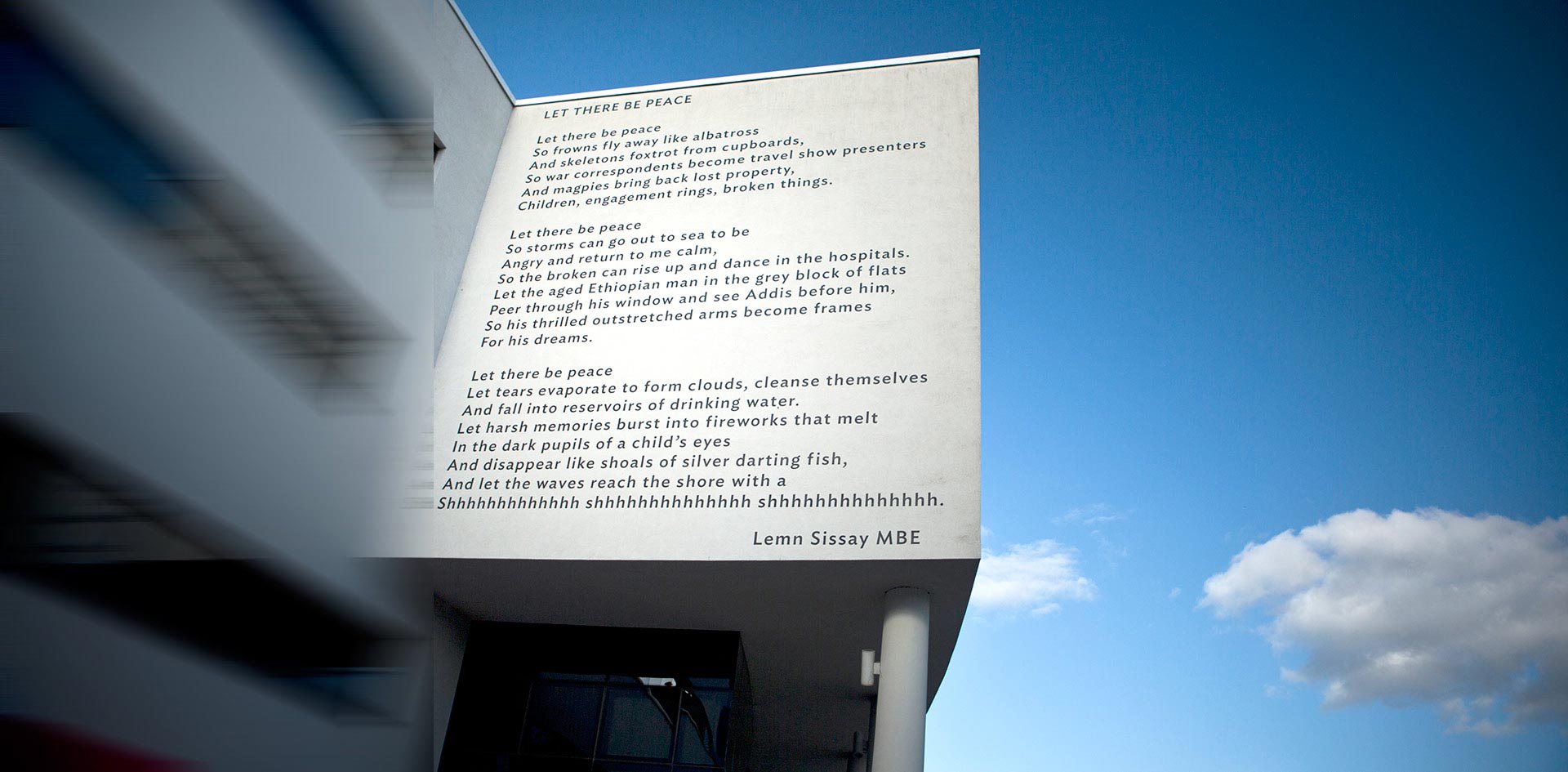
Noise in and as music
Introduction
One hundred years after Luigi Russolo’s ‘The Art of Noises’, noise is a more compelling and urgent topic than ever. But while many studies have been devoted to Noise Music as a genre, few have explored noise and its impact across diverse music from score-based instrumental work, to improvisation, to sound art and installation. This project seeks to expose the current motivations, activities, thoughts, and reflections of composers, performers, and artists who work with noise in all of its many forms. Our focus is the practice of noise and its relationship to music, and in particular the role of noise as musical material—as form, as sound, as notation or interface, as a medium for listening, as provocation, as data.
Symposium 2013
In October 2013 we co-organized the interdisciplinary symposium Noise In And As Music, hosted by CeReNeM. The symposium included papers, presentations, installations, and concert performances by leading scholars and musicians. The keynote address for the symposium was given by Professor Peter Ablinger and included the performance of three of Prof Ablinger’s text works incorporating noise and noises.
Accompanying book
An accompanying book, published by the University of Huddersfield Press, presents articles by the festival participants and organizers as well as an international array of sound artists. Its contributors are first and foremost practitioners, which inevitably turns attention toward how and why noise is made and its potential role in listening and perceiving. Contributors include Peter Ablinger, Sebastian Berweck, Aaron Cassidy, Marko Ciciliani, Nick Collins, Aaron Einbond, Matthias Haenisch, Alec Hall, Martin Iddon, Bryan Jacobs, Phil Julian, Michael Maierhof, Joan Arnau Pàmies, and James Whitehead (JLIAT), as well as a collection of short responses to a two-question “interview” by some of the leading musicians working with noise today.
Dr Aaron Einbond
The topic of noise also informs Dr. Einbond’s creative work, as explored in his book chapter linking subtractive synthesis, concatenative synthesis, and Music Information Retrieval as artistic methodologies parallel to the poet Kenneth Goldsmith’s notion of “uncreative” creativity. Within this framework he discusses his composition Without Words for soprano and ensemble, commissioned by the Fromm Music Foundation for Ensemble Dal Niente for upcoming release on a portrait CD by Carrier Records in New York. Another related work, for piano, two performers, and electronics, was awarded a John Simon Guggenheim Memorial Fellowship and a Gigahertz Förderpreis from the Zentrum für Kunst und Media (ZKM), to be produced at the SWR Experimentalstudio in Freiburg, Germany in 2013-14.
Dr Aaron Cassidy
Dr Cassidy’s book chapter, entitled 'Noise and the Voice: exploring the thresholds of vocal transgression’, examines vocal artistic noise practice as a performed act of transgression. It explores questions of otherness, of uniqueness and individuality, of revelation of the natural and the performance of the unnatural, and of noise as a decentering, deterritorializing act. The chapter aims to establish what the thresholds of vocal noise might be. It begins with an examination of Antonin Artaud’s Les malades et les médecins (1946) as an example of a crossing of the transgressive barrier and goes on to examine how and why this sense of transgression is created through analysis of the work of improvisers including Phil Minton, Ami Yoshida, Ute Wasserman, and Valeri Scherstjanoi, the performance artists Ulay & Abramovic, the sound poetry of the Four Horsemen and their earlier ‘megapneume’ predecessor Gil J Wolman, and the rock subgenre of ‘pig squeal’.
In each case the chapter attempts to localise the transgressive moment as the defining feature of vocal noise, including examination of bodily limits and physical pain, performed otherness, and the scrambling of linguistic codes, what Marie Thompson calls the ‘musicalisation of indiscernability’. Crucially, the chapter argues that vocal noise is transgressive through its erasure of vocal uniqueness: vocal noise largely eliminates the individual identifiability of the voice, severing the voice from the Self, in both ‘authentic’ and ‘staged’ forms. This definition of vocal noise provides an important alternative to existing noise definitions, which are generally inadequate for defining the boundaries of noise in the voice.
Cassidy’s compositional work also frequently engages with issues of noise, both in terms of its compositional and notational structures and its soundworld. ‘Noise’ was additionally one of the central thematic strands for the 2012-13 CeReNeM Postgraduate Seminar series.